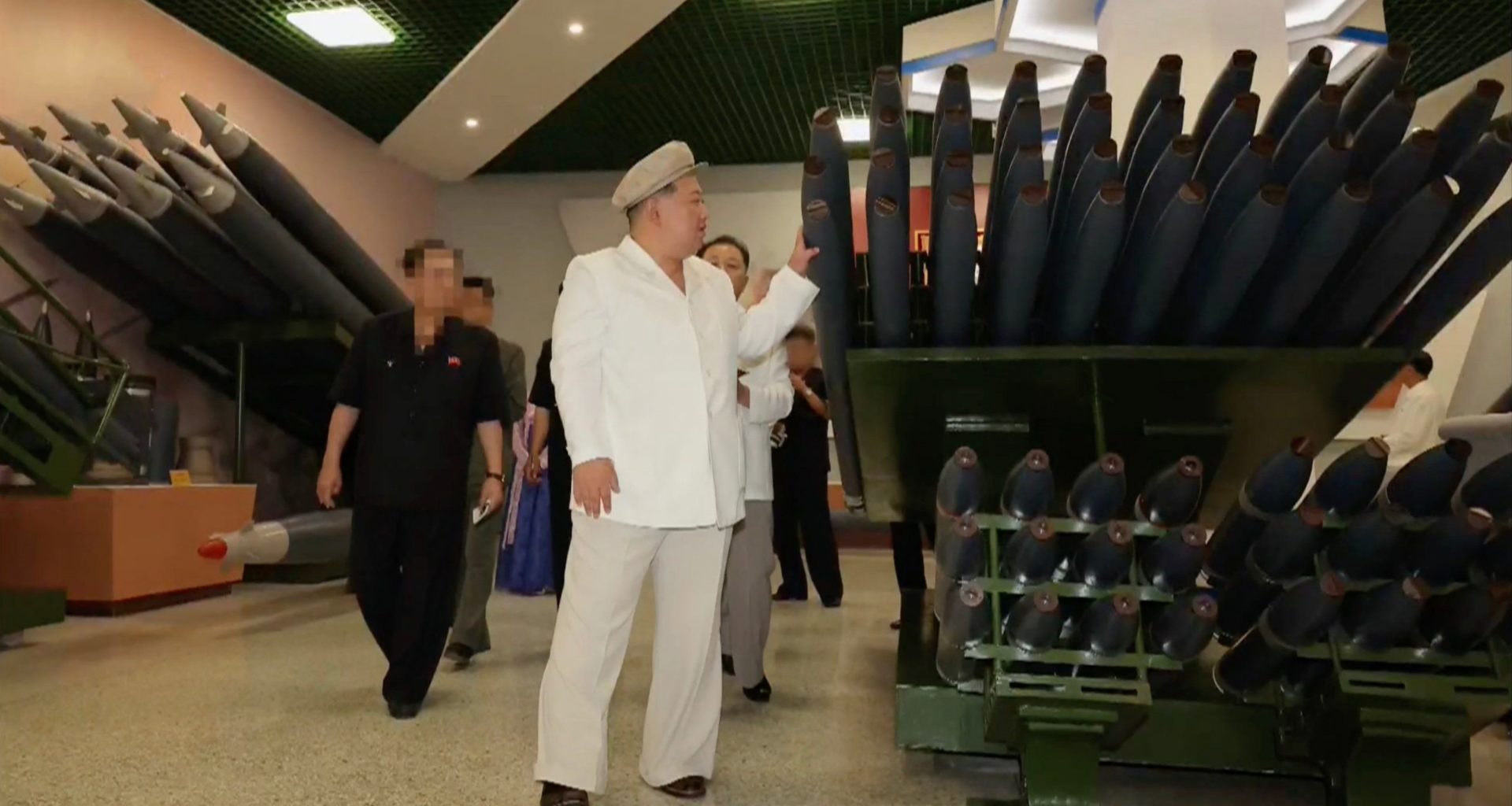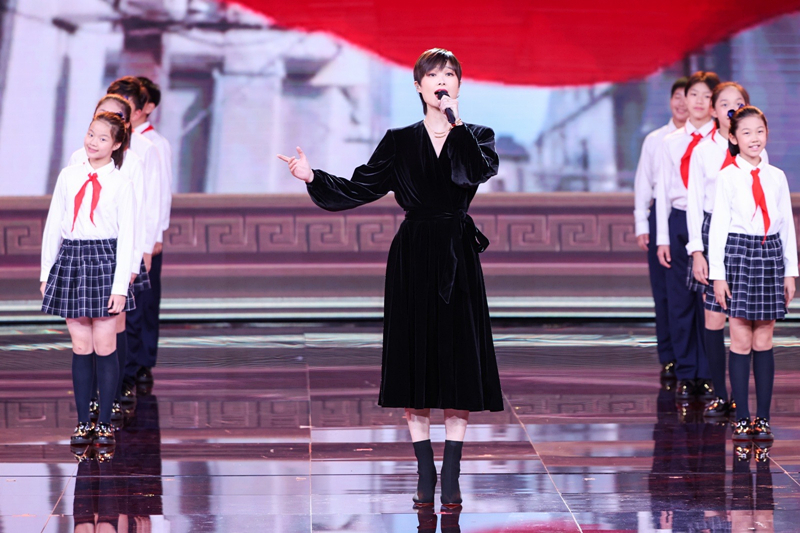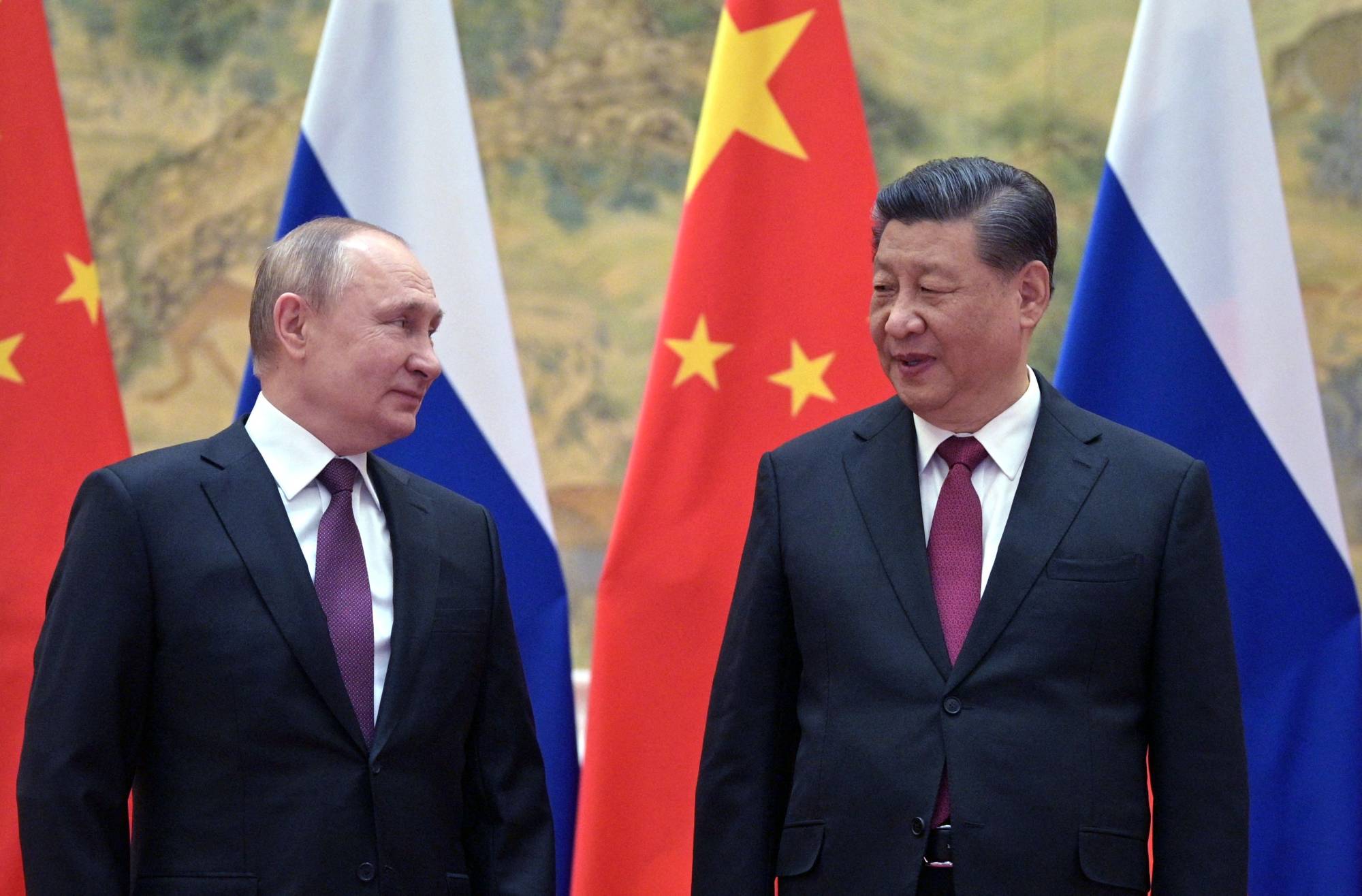“If I were the United States, I would not be looking just at the Mexican border now,” warns defense expert Mykhailo Samus in an interview with Euromaidan Press examining the major trends shaping military aid to Ukraine.
Europe takes the lead
What trends do you see in the latest Ramstein meeting? Has it brought us closer to filling Ukraine’s ammunition gap?
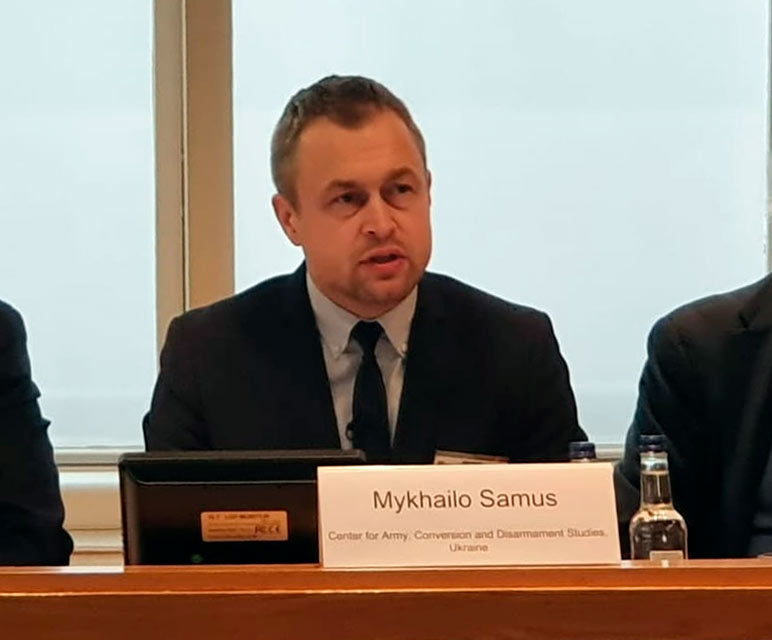
Well, by itself, it can’t do that. The Ramstein format itself is designed for coordinating efforts, for providing general communication between Ukraine and the countries that want to help it, including in such clusters or working groups. For example, a tank coalition, aviation, air defense, drones, artillery, ammunition, etc, to help countries that are ready to help in a particular area coordinate efforts.
That is, maybe someone can produce a certain type of ammunition, and maybe someone wants to pay for it, or another country can also produce such ammunition; they can coordinate among themselves on quantity, nomenclature, outline further tasks, etc.
At the last Ramstein meeting [on 24 January; the interview was recorded shortly afterward], a call was made again for more air defense systems. There were also talks and discussions about ammunition supplies. Before the meeting started, the NATO Secretary General said NATO had already invested $1.2 billion into ammunition production itself.
This investment is meant for both ammunition and building up production capacity. Over the past 30 years, ammunition manufacturing in the West has declined. Partners cannot create new factories in just one year to meet Ukraine’s needs. Finding personnel, establishing supply chains and getting the required components is difficult. These are complex processes.
Our partners in the US and EU are working on these issues. But, political turbulence in both regions affects the implementation of these production projects.
However, it is noticeable that more European partners are working to increase assistance. This includes joint financing efforts and individual initiatives tailored to specific aid needs.
There is still talk of a new multibillion-dollar US aid package; yet, it needs to still get approval.
Without US funding, Europe may need to step up with more contributions to various programs. This could make things more difficult, including with ammunition supplies. The US previously provided about half, with the EU and others covering the rest. If US supplies drop off, it will be challenging to compensate quickly, though all partners are working hard.
This applies especially to air defense. There are European systems such as IRIS-T. There are systems produced in the United States, but also standing in service in Germany, for example, Patriot. If US funding drops off, Germany could potentially supply missiles for both Patriot and IRIS-T. That is, here, Ramstein makes it possible to adapt to a specific situation quickly; a kind of resilience exists in this system.
However, failure to approve the major US aid package, which totals $61 billion with about $20 billion for military assistance, would leave a significant gap difficult to fill quickly.
Are there any long-term trends in the partners’ aid provision to Ukraine? How is their understanding of urgency changing? Recently the Kiel Institute reported that assistance from partners to Ukraine had fallen to an all-time low.
This is pure manipulation. For example, Germany is doubling assistance in 2024; obviously, this is not a historical minimum but a historical maximum for Germany. It has never been a leader in military-technical cooperation with Ukraine, let alone direct arms supplies; now it is, and is expanding the range of supplies, including helicopters, bombs, artillery shells, vehicles, and more.
Although we recall Trump’s previous tenure, it was he who began supplying Ukraine with lethal [anti-tank] weapons; the Obama administration then refused in every possible way to help us in the war against Russia. So here, you can’t say for sure that Trump will be bad for Ukraine. We’ll see.
Continuing the trend of European leadership, apart from Germany, France is also playing a role by expanding the range of deliveries, including smart bombs with a range of 150 km, and growing its role in providing missiles like SCALP.
Sweden joining NATO could spur further activity. This isn’t just about possibly providing Gripen jets, but also missile systems like Taurus. Taurus is jointly produced by Germany and Sweden, an interesting connection.
While advanced capabilities like long-range precision missiles remain important, volumes of basic ammunition, a core need, have become the main question.
Ukraine requires an estimated 2.5 million ammunition rounds per year, based on the Russians’ use of 7,000 per day.
Achieving such high production will depend heavily on assistance from the United States. Europe cannot manufacture such immense quantities alone.
Last year, the US and Europe agreed to each supply Ukraine with 1 million ammunition rounds. However, neither met their commitments – Europe delivered only 300,000. Ramping up production through new plants has proven difficult.
In Germany, every step faces challenges as local communities resist housing ammunition factories. Rheinmetall and other companies cannot just automatically build new facilities, as extensive negotiations are required. This peculiarity of Germany objectively slows the pace.
There have been delays, like when Poland and France argued for four months about starting ammunition production. France wanted European Union money to build factories in Europe, while Poland suggested involving South Korea or the US to utilize existing idle capacity as an interim solution while new European plants are constructed.
This is a peculiarity of Europe: negotiations and agreements on any issue tend to be prolonged. So, last year’s production goals were not met. But this year, there is a chance to do more, as the Europeans may be able to increase deliveries beyond original plans if they commit further. And there is hope the US will also supply around 1 million or more.
– Slovakia quietly bolsters Ukraine’s defenses despite political rhetoric|
– With billions invested, Ukraine-EU defense cooperation gains momentum
This year could prove a breakthrough, as the trend is that billions of dollars are being invested in the development of production.
This goes beyond just placing orders – it involves constructing buildings, purchasing machines, hiring personnel, and training new workers. Stopping this complex process underway is not easy.
And when billions of dollars went there, it means it will be done. The question is timing: 2024 is critically important for Ukraine to achieve success on the battlefield. If the situation is unchanged by the end of 2024, Putin will try to use this in negotiations with Trump to reduce assistance and pressure Ukraine to surrender.
So Ukraine must achieve success soon; for this, we need air superiority, air defense, artillery, ammunition, and many other basic things.
Ukraine’s artillery shortage caused by hiccups in setting up production
2.5 million rounds a year sounds rather doable, right?
In principle, our partners promised in the past year to make over 2 million for us. Plus, you could rummage in other pantries – many countries have reserves in different regions.
True, it is not rosy as conflicts are multiplying, but 2.5 million could be collected if not for these problems both in Europe and the United States.
And Ukraine has finally launched its own production of ammunition. This is extremely risky because Russian agents do not sleep, trying to find out where this production is. Immediately, missiles will fly there if they do. Therefore, scaling is extremely difficult: production facilities must be very protected and hidden.
So, it is unrealistic to say that Ukraine will produce half a million shells tomorrow. But with all efforts pooled together, this can be done.
It is very important to resolve the issue of ammunition before spring when Ukraine will conduct its offensive operations, and in terms of Ukraine achieving the goals it urgently needs before a possible change in the US leadership.
Ukraine’s artillery deficit twice as severe as EU’s 1mn round pledge falls through
What needs to happen by spring 2024 to resolve the ammunition shortage?
The plants must operate at capacity. However, production timelines for each facility are uncertain.
Let’s look at the GLSDB missile project as an example. This Boeing-SAAB bomb-missile hybrid was touted in 2022 as the perfect 160 km range HIMARS weapon to destroy Russian infrastructure across our entire front, especially during the offensive.
Initial promises suggested the first deliveries by mid-2022. Later, the timeline shifted to fall 2023, and again to winter 2023. It’s now February 2024, and Ukraine has received zero GLSDBs so far. [Editor’s note: Although the transfer of GLSDB to Ukraine has not been announced, Russian military bloggers have reported the first alleged use of the GLSDB bomb on 14 February.]
Why? Beautifully painted brochures or exhibition projects face different hurdles when scaled for mass production versus a small demo run. In scaling from 10 to 5,000 units, new problems emerged that were supposedly already solved.
For over 30 years, the Western defense industry has focused on export business, not mass production. Volumes were in the dozens, not millions. No one imagined needing thousands of precision missiles.
Missiles like SCALP and Storm Shadow were produced at several dozen pieces per month, in the best case. Stockpiles were limited, as a hundred of these would be enough for a sudden small air raid. No one thought thousands of missiles were needed; it just didn’t occur to anyone.
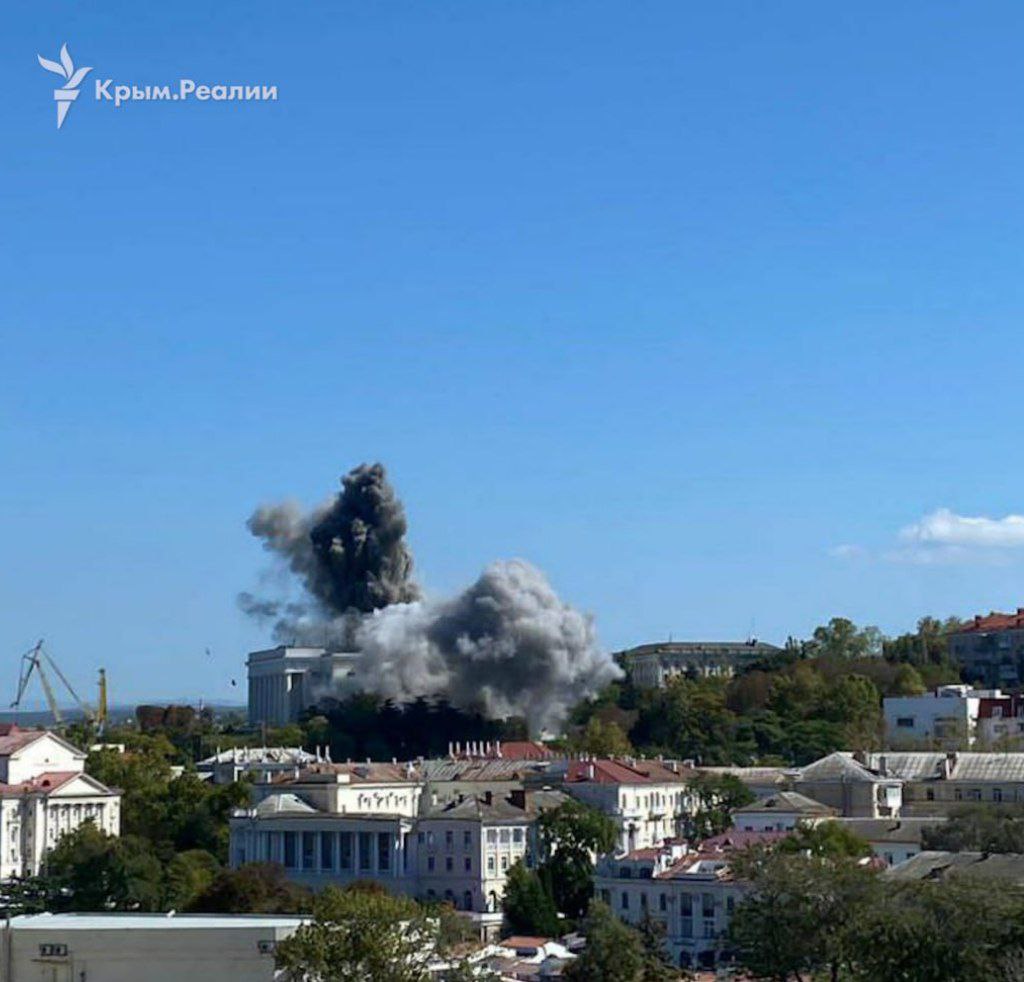
Ramping up requires expanded facilities, engineers, and substantial investment. But on ammunition specifically, 2023 saw progress in addressing these investment and production challenges.
In 2024, production schedules are ramping up. Statements indicate the EU’s output of 1 million ammunition rounds by spring, a significant increase from 300,000 last year.
Hopefully, the US can match this pace. If Ukraine received such volumes by spring, with a commitment to continue at scale throughout 2024, it would enable effective artillery operations to accomplish key military objectives.
What about the American shells in South Korea, which had been supplied for the 2023 counteroffensive? Have they run out?
Likely, only the sergeant in charge of this warehouse in South Korea knows. It is a sensitive issue for South Korea, which does not want to say, “We have no more shells left; go ahead and attack us.”
And let’s consider North Korea, which receives huge funding from Russia, increasing its potential not only in ammunition but also in the missile industry.
Is it known how much ammunition Ukraine can manufacture itself?
I’ve seen very different estimates. Ukraine will increase production; that’s the only thing I can really say. The exact volumes remain uncertain.
No one will divulge the details – where facilities are located, what calibers they produce. This information is highly classified.
But with production established, output will likely grow exponentially as Ukraine has no other options.
Setting up even minimal ammunition manufacturing capabilities next year is critical looking ahead. Russia remains a long-term threat that Ukraine will have to continue fighting, regardless of unpredictable politics in the US or Europe down the line. Unfortunately, a lot of time has been wasted. The need for setting up this ammunition production has been discussed for several years, and it wasn’t created until recently.
“Axis of evil” ramps up military production thanks to Russian oil money
Recently, Frontline Intelligence estimated that North Korea sent 1.57 million ammunition rounds to Russia during September-December 2023. Is this ammunition coming from old stocks, or are they launching new production?
Reports vary, but we definitely know that Russia is investing a lot in North Korea right now. There were many mothballed plants there, and North Korea did not produce so much ammunition lately, as it had huge stockpiles from the Cold War and the 1990s.
So far, reports indicate North Korea’s initial ammunition transfer to Russia came from existing stockpiles.

Russia is now investing yuan reserves, accumulated through oil trade with China, into North Korea. This money allows North Korea to purchase raw materials from China to manufacture powders and shells. They are also reactivating mothballed ammunition factories – North Korea already has substantial production capacity in place.
Output is ramping up because Russia urgently requires more shells and cannot meet needs domestically.
Worryingly, Russia is also investing yuans to expand North Korea’s missile production and transfer new technologies. This includes intercontinental and ballistic missile know-how and possibly submarine launch capabilities.
That should concern South Korea, Japan, and the US. It seems the US is losing influence not just in Ukraine but in East Asia as well. This vacuum is immediately filled.
China, supposedly, is not involved there, but I would like to stress that it’s a systemic player that provides Russia with money, and itself with oil, and North Korea with raw materials and components like microchips.
So the situation is very complicated. Very nasty things are happening in this conglomerate of military-industrial evil forces.
Mapping North Korea’s discreet artillery ammo route to Russia
Are there ways to cut off China’s supply of raw materials to North Korea?
Likely not. China can claim these are normal business transactions, not military goods. The materials may be dual-use but appear civilian.
China will insist they are fulfilling commercial obligations unrelated to politics. It’s difficult to stop under this pretext.
Putin’s potential visit shows Russia is comfortable violating embargoes and restrictions. If earlier, Russia was somewhat limited in these transfers of technology and contacts with North Korea, now, previously off-limits missile technology transfers are already occurring.
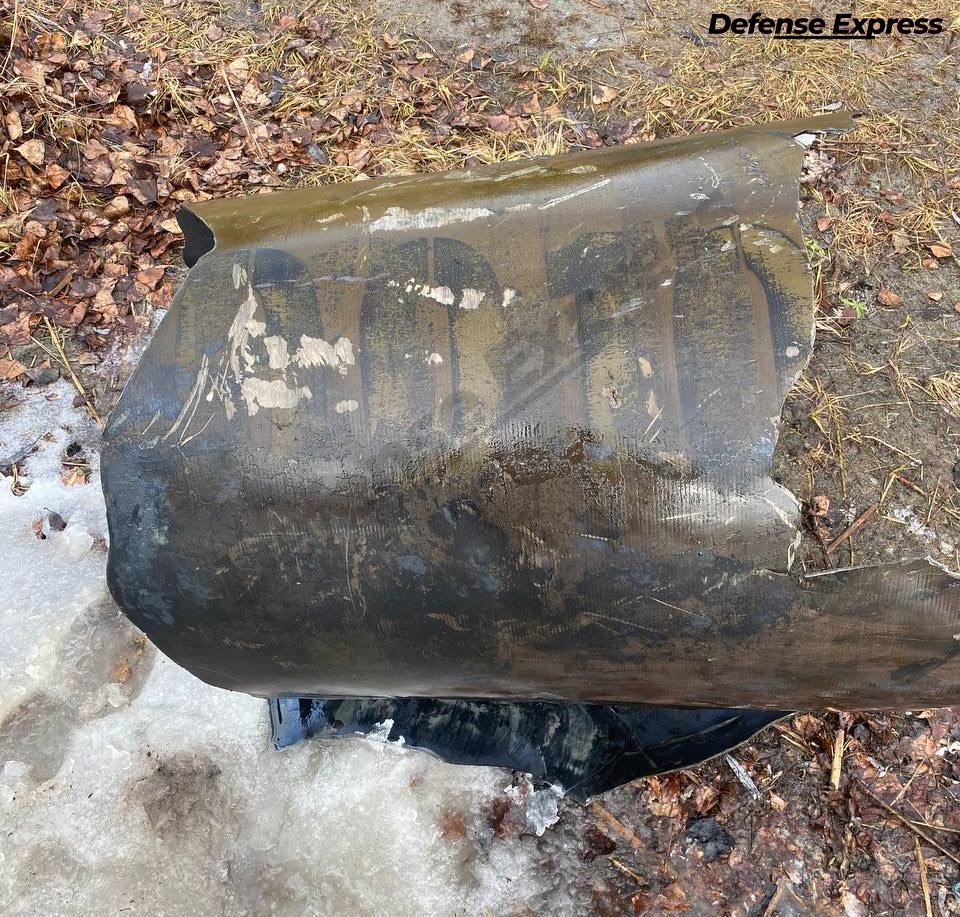
If this Pandora’s Box continues to open, with Iran also involved, it enables dangerous multilateral military exchanges between these fighters of evil.
If I were the United States, I would not be looking at the Mexican border now. The conglomerate that is being formed there can hit very, very hard, first of all, the United States, because it is in China’s interest.
North Korea is always ready to assist. This regime is receiving huge sums of money from Russia for the first time ever, beyond previous rice and barter arrangements. Because Russia has plenty of money — India and China are paying hundreds of billions of yuan equivalents for oil. And where to put them? You can invest in North Korea and get great results.
Which countries are recognizing the danger of this axis of evil?
The US does not seem highly concerned yet. But awareness is growing in some quarters that this is a brewing mess.
From my vantage, even South Korea does not fully grasp the implications.
They try to continue balancing between various parties. South Korea has not officially severed contacts with Russia because it is a huge market and is expanding relations with China’s even larger market. They believe they can balance and manage any risks.
I’ve tried explaining that they are playing with fire: if so much money is invested in North Korea, predicting what will happen in a couple of years is easy.
Plus, Iran should not be forgotten: last year, it manufactured 3,500 Shahed kamikaze drones for Russia just because money came in. Previously, it produced 50 units per year.
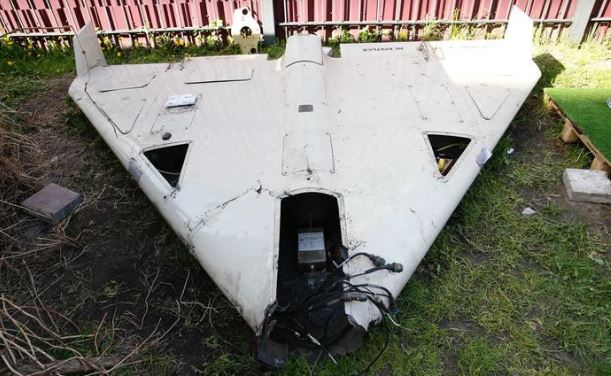
The same thing can happen with North Korea, where the danger is much greater, as they have actually established production of many copies of Soviet ballistic missiles through reverse engineering. They can also make cruise missiles.
And Russia simply needs to come and give them better documentation. This way, they will not reverse engineer but will have the original blueprints and make the same Iskanders better and with higher quality.
It is in Russia’s and China’s interest to threaten everyone. For example, what will South Korea feel if North Korea has thousands of Iskander missiles? Recalling that North Korea already possesses nuclear weapons that Iskanders could potentially carry – that’s the concerning situation.
They seem to be starting to understand the danger in Europe, but this awareness has not yet become mainstream thinking.
The United States appears preoccupied with internal pre-election issues rather than focused on this threat.
Taurus missiles can destroy Crimean Bridge
You mentioned the Taurus missiles. Could you comment on what’s happening there? Why does Germany still refuse to provide them?
First, there is a political aspect that Scholz personally does not want to be, so to speak, the supplier of weapons that will destroy the Crimean (Kerch) Bridge.

And second, there is a real problem with the quantity. Reportedly, only a few hundred Taurus missiles exist in Germany’s stocks. This may not be enough to meet their own needs, providing justification to retain them.
Taurus production is currently low. But the manufacturers – MBDA Deutschland and Saab Bofors, a German and Swedish company – say volumes could quickly increase if new orders are placed, whether from Sweden or other countries.
Sweden joining NATO could provide new momentum on both Taurus missiles and Gripen jets.
Squadrons of Gripens may become available as the Czech Republic replaces theirs with F-35s. Gripen is a promising option, and Sweden seems open to transferring planes.
Swedes suggest a consensus to give Ukraine at least one squadron of Gripens if they join NATO. Sweden’s powerful defense industry offers opportunities, including on Taurus with their Swedish missile manufacturer.
Germany could initially transfer Taurus missiles from their stocks to Sweden, while production ramps up to replenish German inventories. Then Sweden can send them to Ukraine. But this is, again, geostrategy – we’ll see how it really is.
How can one understand that Germany does not want to destroy the Crimean Bridge? Why?
It’s the same situation as with the Leopards: remember how much they agonized before they gave Ukraine the tanks. They said, “We cannot imagine German tanks killing Russians.” Until Britain handed over the Challengers, then somehow the Germans broke down and gave Ukrainians the tanks, which were immediately marked with crosses [the sign of Ukrainian defenders in the Russo-Ukrainian war – Ed].

Now, German tanks with crosses are killing Russians without issues. But psychological hang-ups persist. Domestic politics, including the rising popularity of the AfD party, may make the government wary of providing certain arms.
However, Scholz has likely brought more problems on himself by dragging his feet. France delivered SCALP cruise missiles without fuss, and anonymous strikes have already hit the Russian navy and headquarters, whether by SCALP, Storm Shadow, or others. France faces no criticism.
Scholz could have quietly transferred missiles rather than loudly refusing and requiring pressure.
So Storm Shadows can’t destroy the Crimean Bridge; only Tauruses can?
Taurus is probably more powerful, yes. The issue is having enough missiles, including American options, if F-16s are sent. Plus Gripen jets could carry Taurus once available.
[Editor’s note: Ukrainian Foreign Minister Dmytro Kuleba mentioned to Le Figaro that the Crimean Bridge is not yet destroyed because Ukraine does not have weapons that can effectively strike it while evading Russian air defense.]Related:
- Mapping North Korea’s discreet artillery ammo route to Russia
- Slovakia quietly bolsters Ukraine’s defenses despite political rhetoric|
- With billions invested, Ukraine-EU defense cooperation gains momentum

